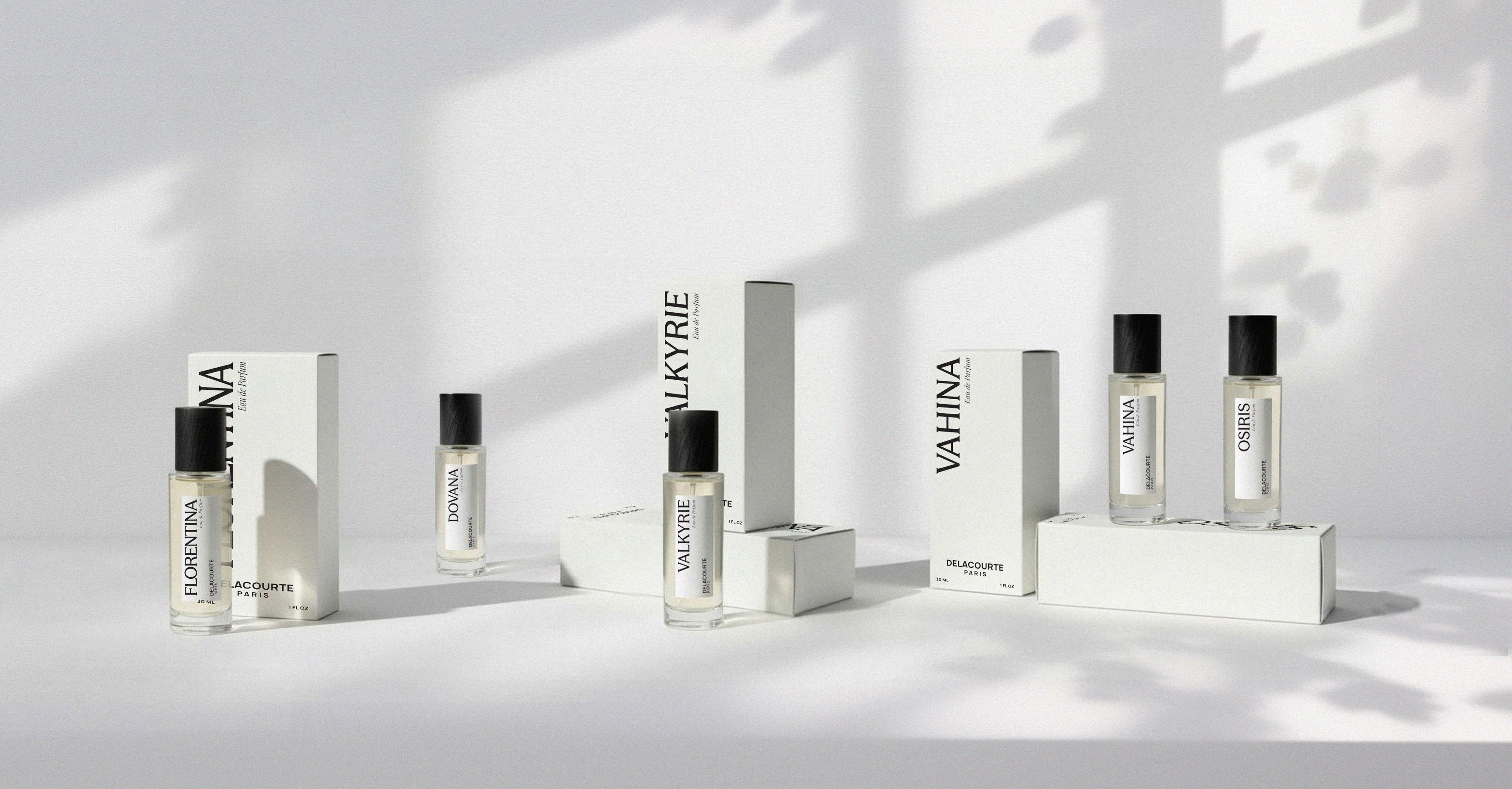
Castoreum is a secretion derived from beavers. Though now banned in perfumery, it was once one of the most iconic natural animalic notes, alongside:
- Civet
- Animalic musk
- Ambergris
- Hyraceum
Origins and history of animalic notes
Discovered by Alexander the Great around 330 BC, animalic notes have long fascinated perfumers for their intensity and longevity. Used in small doses, they round out and sensualize a composition without being dominant.
In the early 20th century, they were common fixatives in leather and oriental fragrances. Castoreum provided an intensely leathery touch to both masculine and feminine perfumes.
Their use declined with growing environmental awareness. Today, ambergris is the only animal-derived note still permitted in perfumery, as it does not harm animals.
Pomanders in the Middle Ages
During the Middle Ages, glove-makers and perfumers crafted “pomanders”—perforated scent jewels often adorned with precious stones. These spheres held a blend of botanical and animal ingredients, worn at the waist to perfume discreetly and mask unpleasant odors of the era.
What is castoreum?
Castoreum is an oily, strongly scented secretion produced by glands near a beaver’s anal area. It helps waterproof the fur and mark territory.
The scent glands were processed using volatile solvents to produce a resinoid, an absolute, or a tincture through maceration in alcohol. Around 5 kg of raw castoreum was needed to obtain 1 kg of absolute.
Sourced mainly in Canada and Russia, beavers were hunted—particularly in January—for their fur and scent glands. Today, hunting is regulated to manage populations.
History and prohibition of castoreum
Used since antiquity, castoreum was banned from perfumery around twenty years ago. The ban followed initiatives by groups such as WWF, due to the requirement to kill the animal.
Historically, castoreum was also used in medicine to treat epilepsy, headaches, and fevers. It contains a molecule similar to aspirin and was believed to have aphrodisiac properties.
Use in perfumery
Castoreum was the least expensive animalic note due to beaver abundance. It was used as a tincture, resinoid, or absolute.
Today, castoreum is synthesized. While not identical, the results are remarkably close to the original.
Scent profile of castoreum
Castoreum smells leathery, animalic, and smoky. It evokes nuances of fur, ink, plum, black olives, and dried fruits.
Popular in chypres, woody, leathery, or oriental perfumes, castoreum was also once used in candies, tobacco products, and even food flavorings (notably vanilla).
Alternatives to castoreum
Though now banned, some Middle Eastern perfumers still use castoreum. Fortunately, many alternatives exist today:
